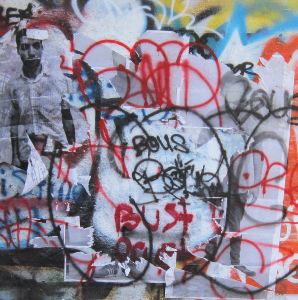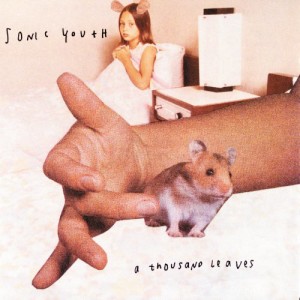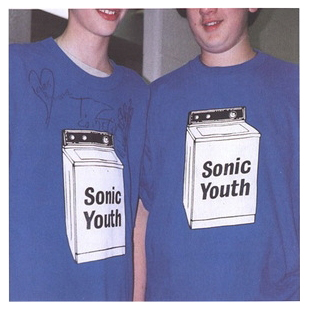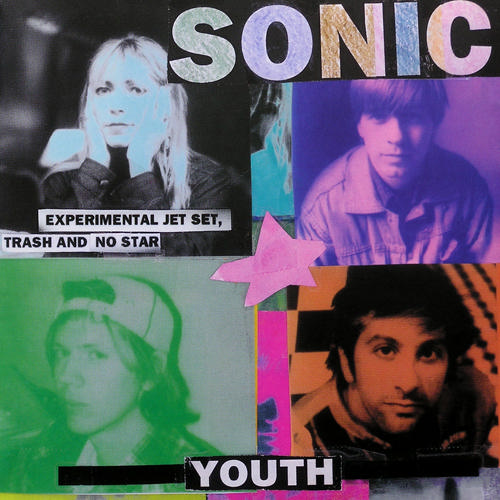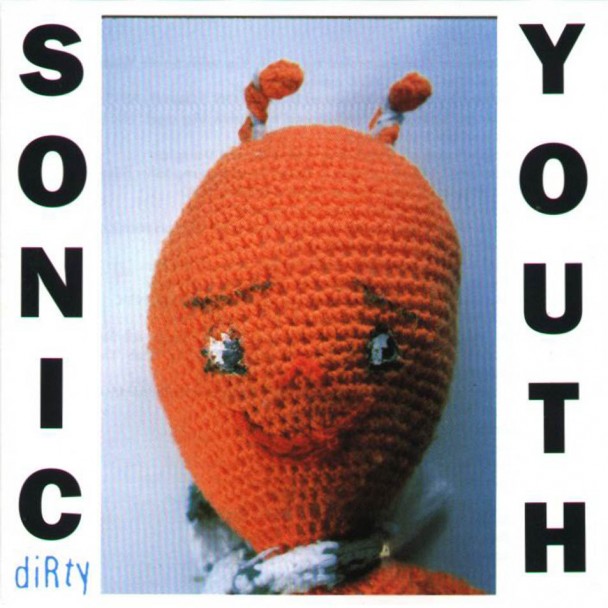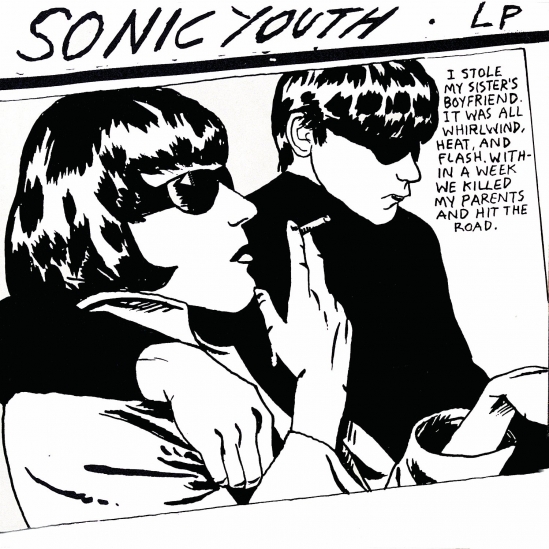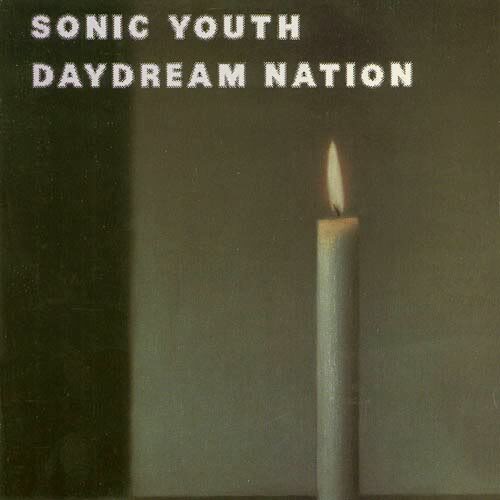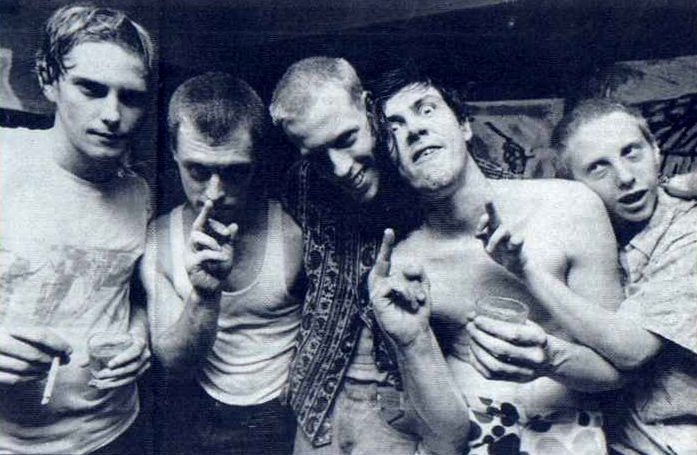
One of, if not the, most notorious band of the past few decades, the Butthole Surfer, made their name with their acid soaked albums, drugged out, strobed out, live performances and in general just acting like (or actually being) insane people.
There’s good news, in case you may have missed your opportunity the first time (or perhaps you never even knew that you had an opportunity the first time) Latino Burger Veil has re-released, on vinyl, “Psychic Powerless…Another Man’s Sac,” “Rembrandt Pussyhorse,” “Locust Abortion Technician,” and “Hairway to Steven” for your listening pleasure.
The 4 long out of print albums, originally released on the mostly defunct Touch and Go Records imprint, have been reintroduced yet again to a (slightly less) unsuspecting public on the band’s own Latino Burger Veil records.
For the completely uninitiated, here’s a brief recap. Ok, you all know The Flaming Lips, right? Well, they basically got their start by aping the Butthole Surfers. It’s complete acid freak out rock. The album titles alone should probably be enough to give a clue as to what is going on.
Personally, I have their first two albums, “Psychic….Powerless….Another Man’s Sac” and “Rembrandt Pussyhorse,” and I’m still amazed and perplexed by the music. It’s really like nothing else you’ve heard before. I think that lately I have been tossing that phrase around a lot, though it is safe to say that for something like this, it’s pretty close to the absolute truth.
Negro Observer
If you haven’t read Michael Azerrad’s fantastic “Our Band Could Be Your Life,” which documents the American underground rock scene of the early 80s up to 1991, well first of all you need to do that right now. Seriously, as soon as you can. Read that book cover to cover. In that book Azerrad details the triumphs and struggles of, for example, The Minutemen, Sonic Youth, Big Black, Black Flag, and The Butthole Surfers, among others. One of the stories that I remember vividly from the book is about how at one point early in their career the Butthole Surfers were literally starving. Delirious and weak, band leader Gibby Haynes is crawling around on the ground for spare change not so he can buy food, but so the band can score some acid.
That’s what we are dealing with here. It’s pretty much the closest one can get to listening to controlled (barely) chaos. The songs thrash about wildly, held down by tribal pulsing and Haynes’ voice echoing ominously through the haze.
Waiting For Jimmy To Kick
And with a name like The Butthole Surfers, one would have to suspect that this is going to be antagonizing music. That assumption would be correct. Everything from their name, to their infamous early live shows that included projections of penis reconstruction surgery behind the band that played in near total darkness, with topless dancers lit by incessantly flashing strobe lights (there’s also the story about the one dancer that came to find out she was epileptic while performing at a show. Her uncontrollable vomiting then become a bonus visual to freak people out at that show).
Their output could sway every which way from the actual honest to goodness hooks and verse-chorus-verse structure of “Negro Observer,” to the truly trippy “Waiting for Jimmy To Kick,” or their cover of “American Woman.” Errr, excuse me, “American Women.” Anyway, if you haven’t heard them before, or if you have only heard a little bit, then please check out the music. It’s interesting and unique and documents an important time in the evolution of the American underground music scene and these four albums are worthy of being brought back to the attention of music fans that may have missed them the first time around.
There’s a ton of videos of them live on Youtube that you should check out. And then you should head over to your local record store to pick them up, or they can also be ordered online. If you’d like to check out the one-sheet that the band released to announce the reissues, you can check that out here.


